Week 1: Meeting the Bees
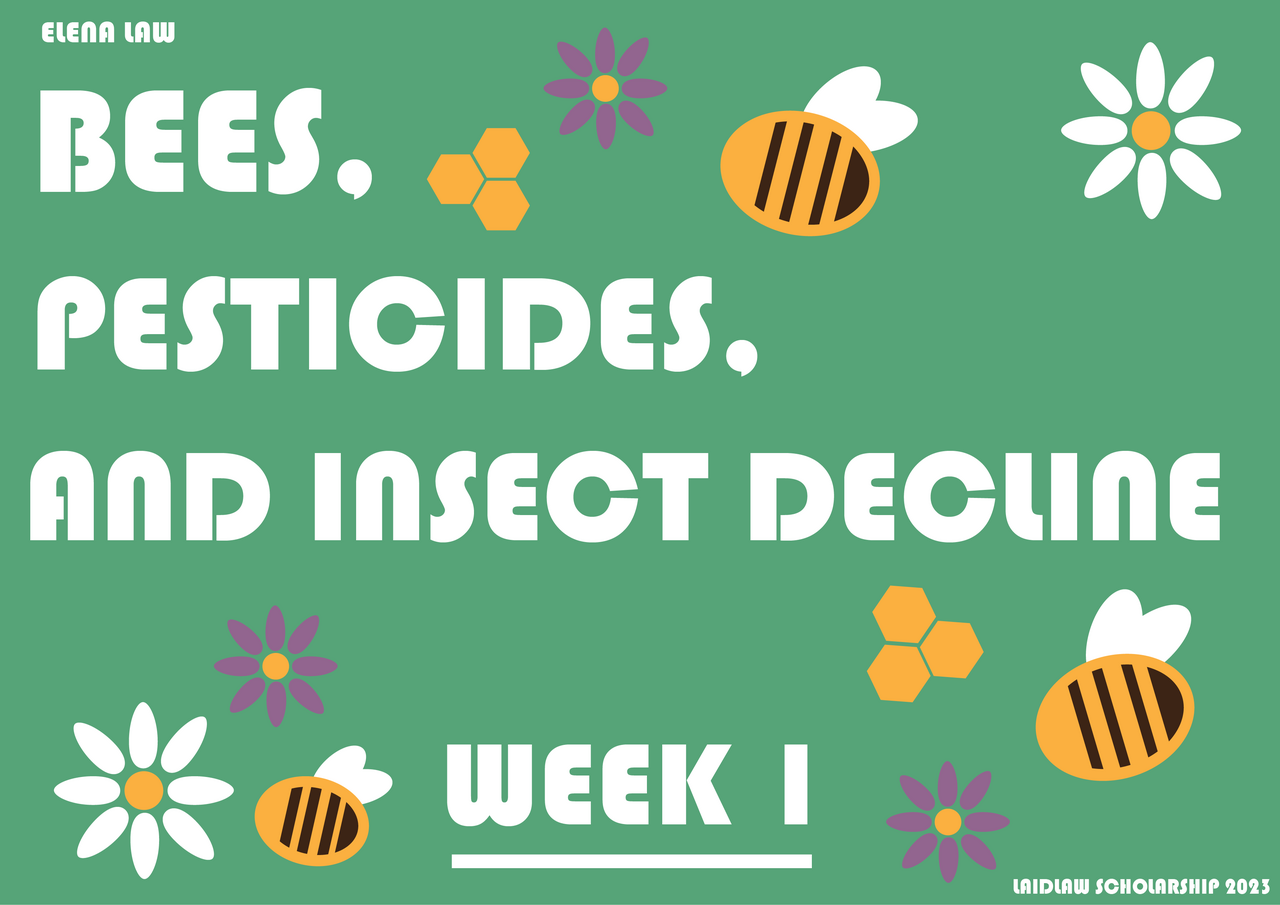
The week began at 9am as I met Liz, my supervisor, & was welcomed into her lab. On Monday I learnt a lot; I was working with more bees than expected (I caged 600 newly emerged bees to work on in the next few weeks!), I wasn't going to be left completely in the dark to figure out what I was doing- as I was shown articles & procedures relating to my project, and that research labs are actually very chill places.
This week has been very much an introduction, as I have been learning how to look after and handle the bees, whilst also becoming more comfortable and not going 'agh' whenever I had an escapee. I have officially become their chef as I make up their pollen and sugar based pastes each day. I could also be considered their cleaner as I replace whatever pheromone they're being treated with, and remove any dead bees (which is actually quite difficult as honeybees are very hygienic animals and move any dead workers aside- which means into back cage corners hard to reach with my forceps).
I have also worked independently, with instruction, to undertake 2 practice experiments. My practical work was unfortunately limited due to IT problems with the lab computer and strike action meaning our appointment to resolve it was cancelled. The days where I had the opportunity to work in the behavioural room were definitely my favourite- surprisingly, watching bees in petri dishes under red light, or trying to harness them into metal tubes using masking tape and blue tack can make 2 hours pass pretty quickly. However, spending time in the lab's office or the library reading articles has been equally valuable, as I have began to understand the importance of 2 pheromones that Sulfoxaflor pesticides may have influence on, giving me further motivation to carry on with my investigation.
I am so proud of myself for getting through this week as I have begun to develop routines around being at uni 9-5, worked individually in a lab for the first time and experienced living completely on my own (which has actually been a very nerve-racking experience for me, the outskirts of Leeds is very different to the tiny village that I am from?!) .
Aims for the coming week will be to begin experiments involving Sulfoxaflor pesticide, to continue to become less worried about the bees stinging me (which hasn't actually happened yet, and I do now understand it isn't the end of the world if it does happen!), and to delve deeper into how I will carry out and present my research project. I will be back to update next weekend. :)
 (An experiment I conducted to assess the bee's responses to sucrose)
(An experiment I conducted to assess the bee's responses to sucrose)
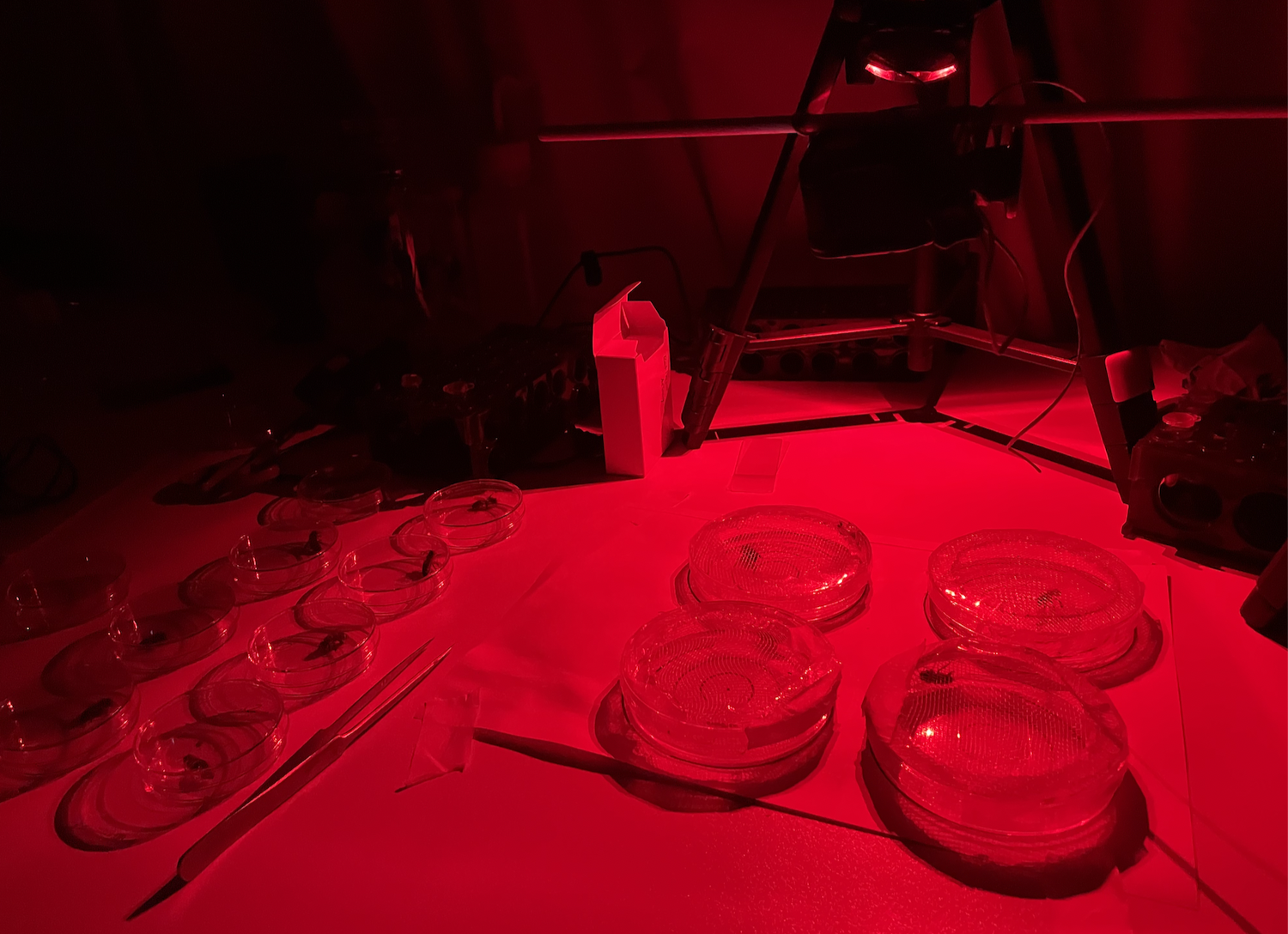 (A behavioural experiment I conducted to assess the bee's locomotive action & foraging behaviour)
(A behavioural experiment I conducted to assess the bee's locomotive action & foraging behaviour)
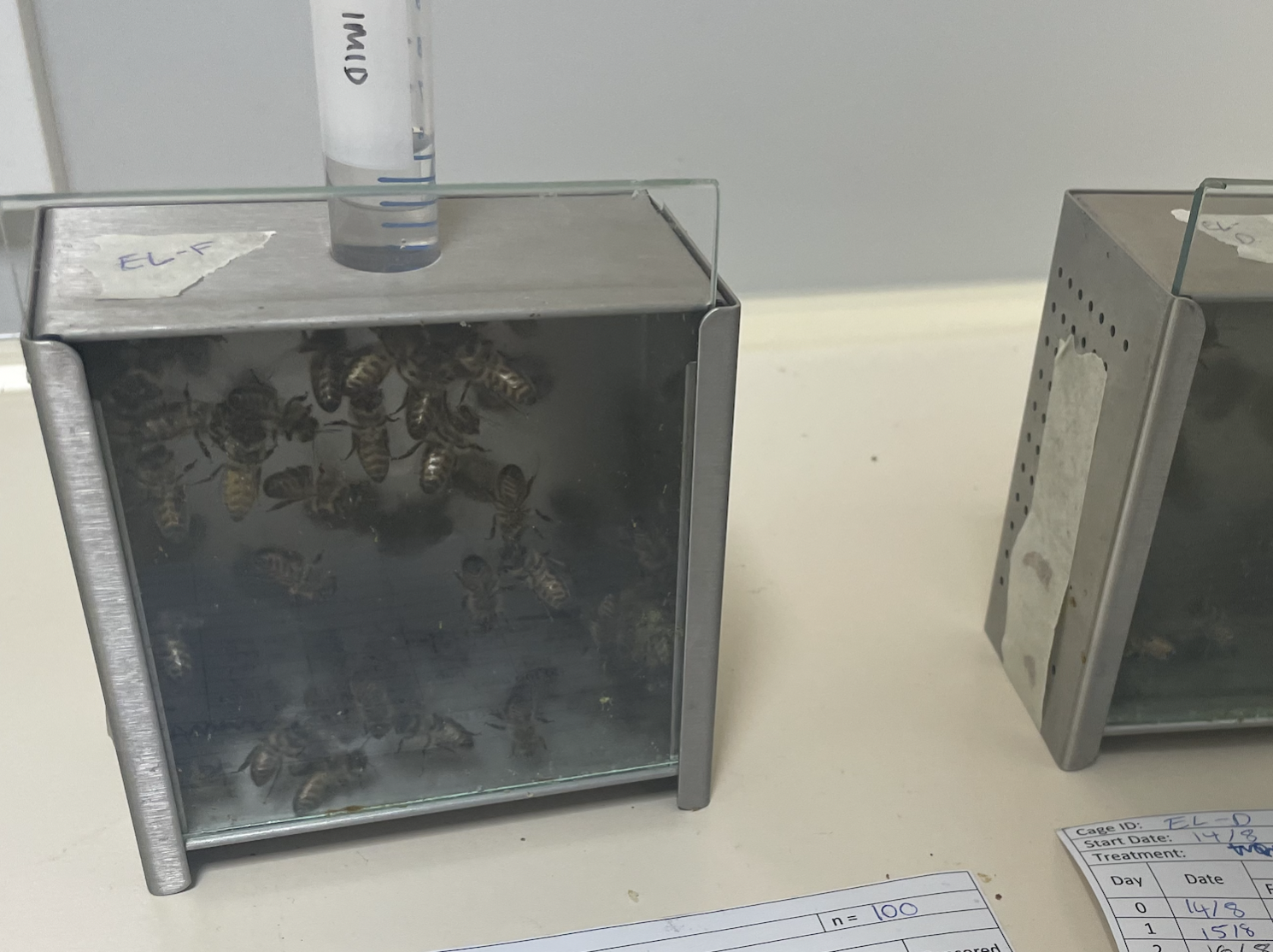 (The cages the bees are kept in)
(The cages the bees are kept in)

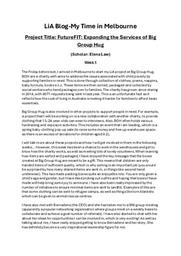
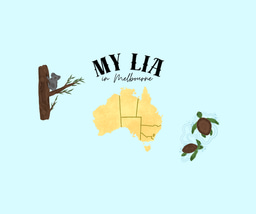
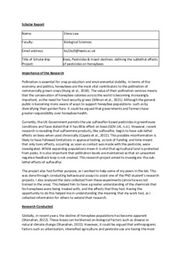
Please sign in
If you are a registered user on Laidlaw Scholars Network, please sign in